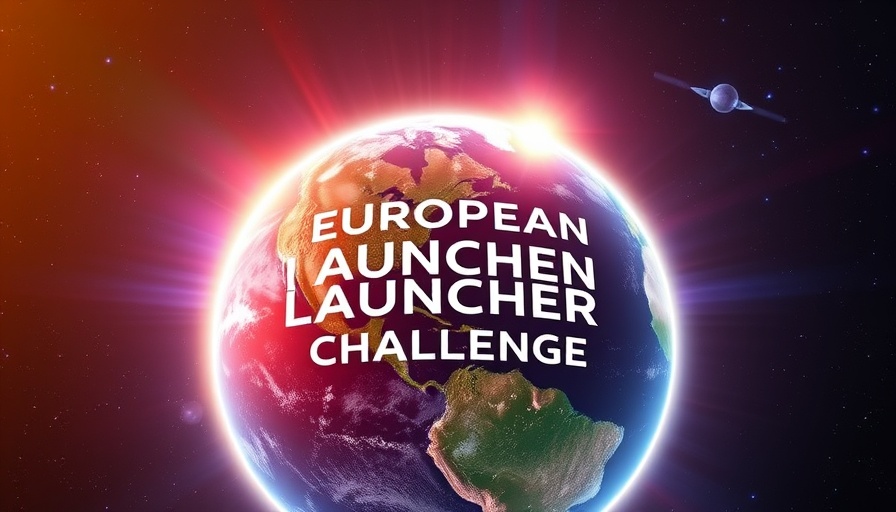
Understanding the European Launcher Challenge
The European Space Agency (ESA) is taking significant steps to restore Europe’s access to space. After the retirement of the Ariane 5 rocket in July 2023, Europe's ability to launch satellites independently has been critically hampered, relying solely on American competitor SpaceX for its launch needs. In response, ESA has initiated the European Launcher Challenge (ELC), involving five selected rocket companies that will compete for lucrative contracts worth €169 million. This initiative aims to provide launch services from 2026 to 2030 and demonstrate enhanced launch capabilities with at least one flight test.
Impact of the Challenge on European Space Access
With the ELC, ESA is not just attempting to boost its access to space; it is also fostering innovation and competitiveness among European firms. By investing in local space companies, ESA hopes to not only regain autonomous control over its flight paths but also to stimulate the growth of Europe's space industry. This move comes at a crucial time when European taxpayers' dollars have been directed to American companies, sparking concern about regional competitive integrity.
The Future of Space Launch Providers in Europe
The implications of successful launch providers in Europe extend beyond the immediate goals of the ELC. If these rocket companies excel, they could position Europe as a significant player in the global space market. This transition could ignite a renaissance of technological advancements in spacecraft and satellite design. The challenge serves as a crucial moment for Europe, where regained independence in space launches could lead to increased economic stability and global collaboration in scientific exploration.



Write A Comment